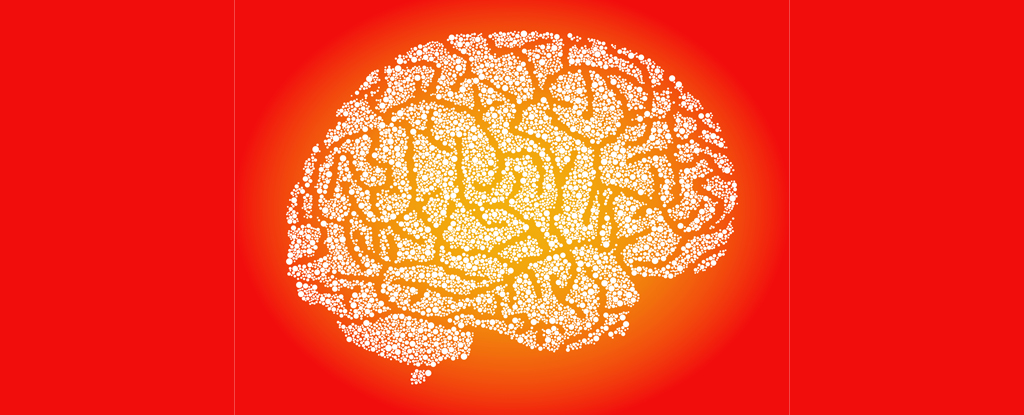Transcranial magnetic stimulation (TMS) has emerged as a non-invasive treatment for depression, but scientists have never been sure how it works. A new study has revealed that TMS can reverse brain signals that are going in the wrong direction. The research team behind the study has claimed that these neural streams of activity, going in the wrong direction, could also be used to detect depression in the future. The study is significant because it offers insights into how the technology works, enabling further improvements in TMS.
The Study
The researchers used a mathematical approach to analyze functional Magnetic Resonance Imaging (fMRI) scans to identify the precise timings of activity in the brain. The timings revealed the direction of neural signals and showed that TMS could change the flow of neural activity in the brain. The study involved 10 patients who were given Stanford Neuromodulation Therapy (SNT), a type of TMS, and another 10 were given a placebo-style treatment mimicking SNT without any actual magnetic stimulation. Scans of all the participants with depression were compared to scans of 102 healthy controls without a depression diagnosis, enabling the researchers to see the differences.
The Findings
The study showed that the anterior insula, a part of the brain that takes biological signals from the body and sends signals to a part of the brain involved in processing emotions, the cingulate cortex, stood out. In three-quarters of those with depression, the signals went the other way, from the emotional processing region back to the anterior insula. What’s more, the higher the level of depression, the more signals were sent the wrong way.
The findings suggest that in depression, pleasurable activities reported by the anterior insula are overridden by dominating signals from the part of the brain that sets our mood. In the majority of patients with depression, a week of treatment with SNT was enough to get the brain signals traveling in the correct direction again.
The researchers claim that this haywire brain activity won’t be present in everyone with depression. However, it could help identify people for whom SNT would be helpful. Further analysis might reveal more about how brain signaling changes in people with depression.
The study is significant because it offers insights into how TMS works, enabling further improvements in the technology. Additionally, the findings suggest that TMS could be used to detect depression in the future. The technology’s ability to reverse brain signals going in the wrong direction offers hope for people with depression. However, the researchers do not yet know how permanent the brain signal fix might be, and the team wants to test the technology on a larger group of people. Nevertheless, the study represents an important milestone in understanding how depression affects the brain’s wiring.


Leave a Reply